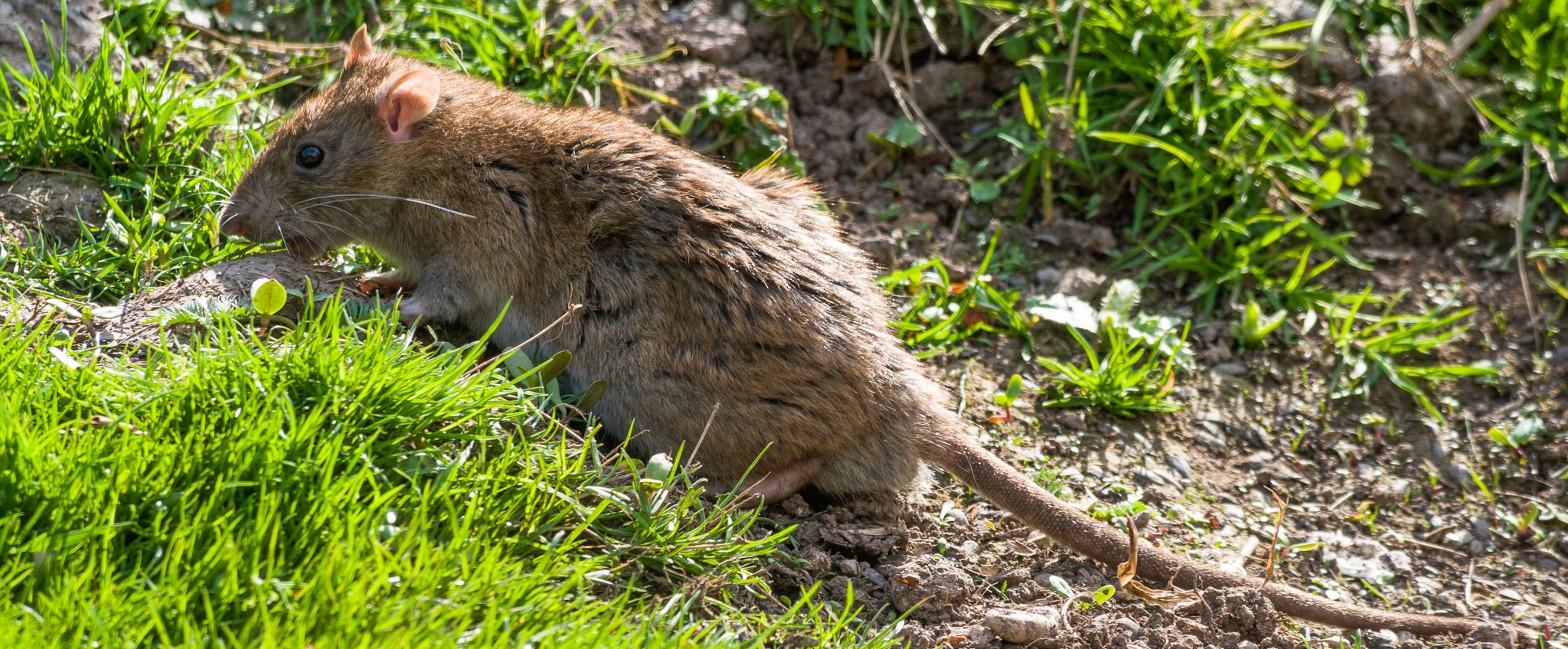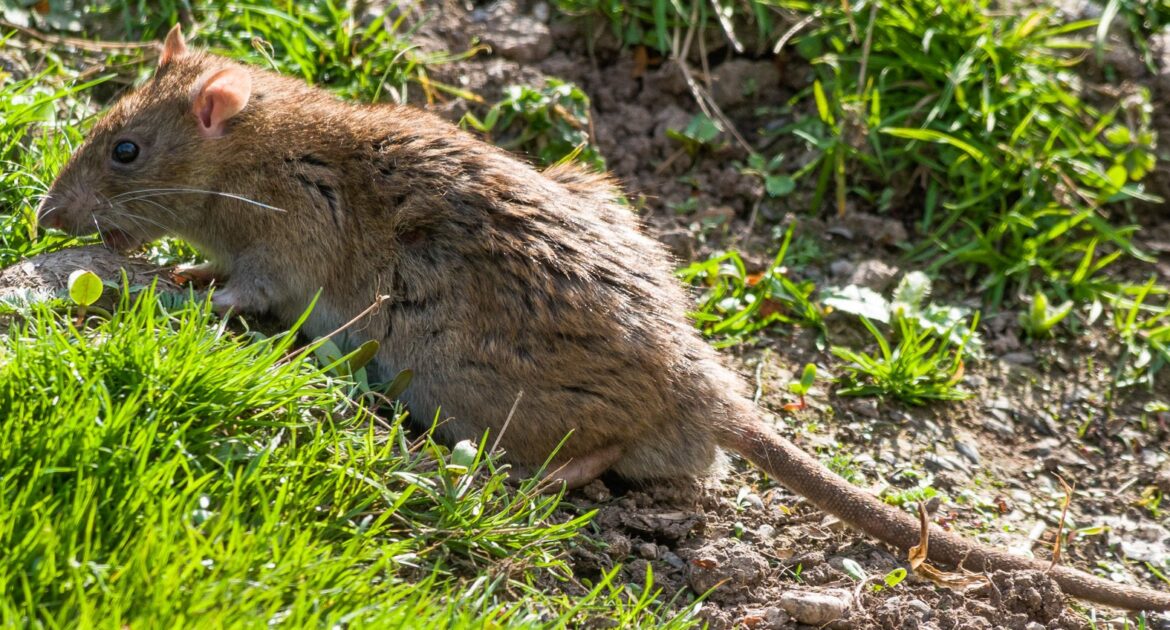If you’ve been wondering “What do rats eat,” or “What are rats attracted to,” you’re not alone. These questions come up time and time again when we work with homeowners struggling to keep their spaces rodent-free. It might surprise you to learn just how varied a rat’s palate can be. While the unpleasant experience of dealing with these rodents often leaves people searching for ways to understand their behaviors, the answer to “how to keep rats out of your house” lies in knowing what foods lure them in. Today, we’re uncovering the surprising items rats seek out and how they might be hiding in plain sight on your property.
Common Foods Attracting Rats
Rats are highly adaptable creatures and opportunistic feeders, which means they’ll consume nearly anything as long as it provides sustenance. While many homeowners assume rats stick to garbage or scraps, their diet spans a much broader range of foods. High on the list of attractions are easily accessible carbohydrates and fats. This could include bread, pastries, cereal, pet food left outdoors, and even items like nuts and seeds scattered on the ground. These high-energy foods make for an ideal meal, providing the calories rats need to thrive.
Another surprising fact is how fond rats are of sugary substances. Unsuspecting homeowners might not realize that overflowing bird feeders, fruit trees, or even fallen candy wrappers can be a direct invitation to rodents. The sugary scent travels far, making it easy for them to detect even small traces of sweetness in your yard or garage.
One area people often overlook is their compost pile. While composting is a great eco-friendly practice, it can become a feeding ground if not managed properly. Leftover food scraps, vegetable peels, and rotting produce all release scents that easily attract rats. An open or poorly secured compost bin is basically an all-you-can-eat buffet for these rodents.
Beyond outdoor vulnerabilities, food left unattended inside your home is another common culprit. Spilled crumbs, open containers of pantry goods, or even grease buildup from poorly cleaned cooking surfaces can lure rats indoors. A single forgotten morsel might be all it takes to initiate an infestation.
Unusual Items Rats Consume
If you think eliminating traditional “food” items will keep rats at bay, think again. Rats have been known to consume surprising non-food items that provide little or no nutritional value. This is where understanding the full breadth of “what do rats eat” becomes so important.
For instance, natural materials like paper, cardboard, and even thin plastic can appeal to rodents—not because they’re edible, but because rats nibble on these items for nest building or out of boredom. When these materials are mixed with faint traces of food—like a pizza box tossed into recycling—they become even more tempting.
Household soaps, candles made of animal fat-based wax, and even certain cosmetics can find their way onto the menu. These items might seem highly unusual to us but make perfect sense to a scavenger with a keen sense of smell. Rats are also notorious for chewing into pet food packaging, sampling not only the dry kibble but even the packaging material itself.
Surprisingly, rats are drawn to moisture-heavy environments where their “diet” may consist of a combination of food waste and small insects. Think about unclean garbage disposals or water leaks under the sink. Leftover residue combined with accessibility to water is a recipe for attracting rodents.
What Are Rats Attracted To?
Aside from specific foods, rats are highly drawn to the conditions that make finding meals easier. If you’ve been seeing signs of activity near your home, it’s worth examining the environment for small factors that could be creating shelter or access points.
Piles of debris, firewood stacked too close to your house, or thick overgrown vegetation can all serve as shelter for rodents, giving them a sense of security to forage for food nearby. Outdoor dining areas, garbage bins with loose-fitting lids, and even fountains or birdbaths provide key resources that help keep rats around.
Consider this common scenario—well-meaning homeowners install an outdoor bird feeder to add some charm to their backyard setup. Unfortunately, these feeders are often responsible for scattering seed on the ground, which attracts rodents just as easily as it feeds birds. Without a designated plan to clean the area, you might unwittingly be creating an ideal zone for nighttime scavenging.
The smell of pet food, lawn fertilizers, or even improperly stored BBQ leftovers can also contribute to the problem. If you’re wondering “how to keep rats out of your house,” it begins with addressing environmental setups like these to eliminate their appeal.
How to Keep Rats Out of Your House
When homeowners reach out to me asking, “How do I keep rats out of my house?” We emphasize that prevention goes hand in hand with understanding attraction points. It’s not just about removing access to food but making your space as inaccessible as possible.
For indoor spaces, airtight food storage is non-negotiable. Invest in durable containers to seal off access to pantry staples like flour, sugar, and rice. Cleaning up crumbs promptly after meals and ensuring surfaces like stovetops, sinks, and floors are grease-free can also make a significant difference.
On the outdoor front, secure garbage cans with heavy or well-fitted lids. When it comes time to compost food scraps, consider a rodent-proof bin with a latch or tightly sealed top to reduce odors. Regularly clear out any debris piles and trim back bushes or overgrowth to remove potential nesting areas.
Here’s a quick list of actionable ways to prevent rats from making themselves comfortable near your home:
- Store food and leftovers properly: Use airtight containers for both human and pet food indoors and outdoors.
- Keep trash secure: Make sure cans and bins are sealed tightly to reduce odors and access.
- Maintain a clean yard: Pick up fallen fruit, sweep for birdseed, and remove piles of debris regularly.
- Inspect for entry points: Seal cracks, gaps, or holes in walls, windows, and doorways where rats might enter.
- Clean food prep areas thoroughly: Keep stovetops, counters, and floors free of crumbs or grease buildup.
Skedaddle Combines Expert Knowledge and Humane Practices
Our team has worked extensively in this field and know how stressful it can be to deal with unwanted rodents invading your home. At Skedaddle, we combine expert knowledge with humane practices to efficiently address your rodent concerns. We don’t just remove wildlife from your property; we look for long-term solutions by sealing entry points and guiding you on how to create an environment that reduces the risk of future infestations.
Over the years, we’ve built trust with countless customers by offering reliable, professional service tailored to each unique situation. We’re not only here to solve your immediate problem but to help you understand how to keep your home a safe, rodent-free space moving forward.
Understand the Urban Rat Diet and Reclaim Your Space
The more you understand what rats eat and what are rats attracted to, the better prepared you’ll be to keep these unwelcome guests out of your property. From securing food storage to eliminating easy-access areas outdoors, small changes can make a big impact. If you’re hoping to gain peace of mind and effective long-term solutions, Skedaddle is here to help. Contact us today to learn more!




